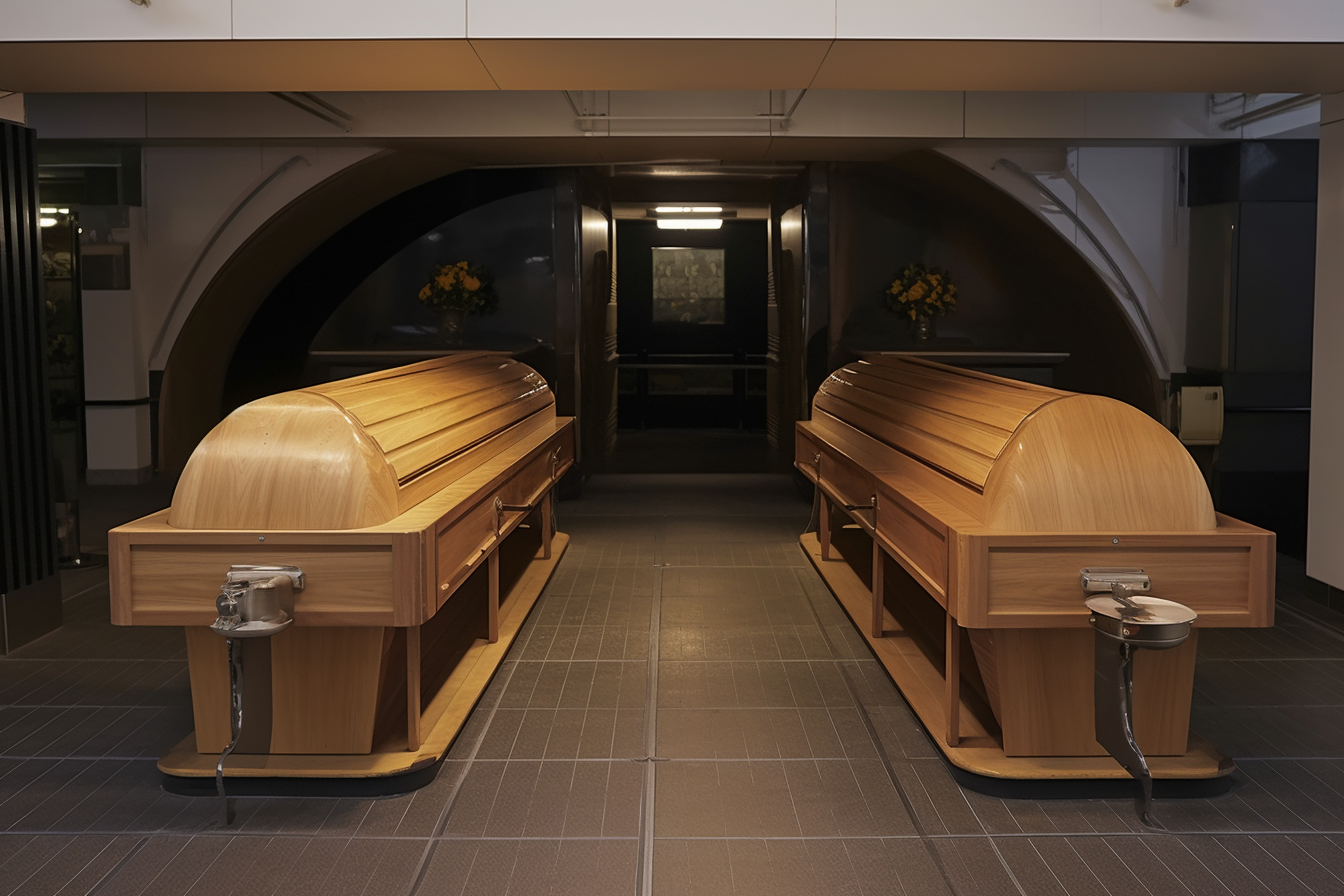THE TRUTH ABOUT CREMATION IN 2025: PROCESS AND COSTS
Cremation has become an increasingly chosen option in 2025, but many still don’t fully understand how the process works or what’s actually involved. From preparation to final memorial choices, today’s cremation services offer more flexibility than ever. Here’s what families need to know before making this important decision.

The Cremation Process Explained: Step by Step in 2025
The modern cremation process follows strict protocols to ensure dignity and accuracy. First, the deceased is identified using multiple verification methods, including ID tags that remain throughout the entire process. The body is prepared by removing medical devices like pacemakers, which could explode during cremation. Personal items and jewelry are typically removed and returned to the family unless specifically requested to remain.
The actual cremation takes place in a specialized furnace called a retort, which reaches temperatures between 1,400 to 2,100 degrees Fahrenheit. The process transforms the body into bone fragments and ash through intense heat and flame. After cooling, any remaining metal fragments from medical implants or casket hardware are removed using magnets and manual inspection. The bone fragments are then processed into a fine, consistent powder that families recognize as cremated remains.
Modern Cremation Options and Urn Selection
Today’s cremation services offer various options beyond traditional methods. Direct cremation provides a simple, no-frills approach without a formal service beforehand. Cremation with memorial service allows families to hold a celebration of life after the cremation is complete. Some facilities now offer witnessed cremations, where family members can be present during the process.
Urn selection has expanded dramatically, ranging from simple containers to elaborate keepsakes. Traditional urns come in materials like wood, metal, ceramic, and biodegradable options for scattering or burial. Modern alternatives include jewelry urns for small portions of remains, artistic glass vessels, and even urns designed to grow into trees. Many families choose multiple smaller keepsakes to share among relatives, allowing everyone to maintain a physical connection to their loved one.
What Families Should Know About Cremation Planning
Advance planning significantly reduces stress and costs for families. Most crematories require proper authorization from the legal next-of-kin and completion of death certificates before proceeding. Families should discuss preferences for viewing, services, and final disposition of remains well in advance. Some states have waiting periods between death and cremation, typically 24 to 48 hours, to allow for any necessary investigations.
Religious and cultural considerations play important roles in cremation planning. While many faiths now accept cremation, some have specific requirements about timing, preparation, or handling of remains. Families should communicate these needs clearly with their chosen provider. Additionally, planning ahead allows families to compare services, understand their options, and make decisions without the pressure of immediate grief.
How Long Cremation Takes and What’s Returned
The physical cremation process typically takes two to four hours, depending on the size of the deceased and the crematory’s equipment. However, the entire process from death to receiving cremated remains usually takes three to seven business days. This timeline includes necessary paperwork, preparation, scheduling, and processing of the remains after cremation.
Families receive approximately three to seven pounds of cremated remains, though the exact amount depends on the person’s bone density and body size. The remains are typically placed in a temporary container unless the family has provided or purchased an urn. Along with the remains, families receive a certificate of cremation and any personal items that were removed before the process. The crematory provides detailed documentation tracking the entire process for the family’s records.
Cremation Costs and Provider Comparison
| Service Type | Provider | Cost Estimation |
|---|---|---|
| Direct Cremation | Dignity Memorial | $1,200 - $2,500 |
| Direct Cremation | Neptune Society | $1,500 - $3,000 |
| Full Service Cremation | Service Corporation International | $3,000 - $6,000 |
| Full Service Cremation | Local Independent Providers | $2,500 - $5,500 |
| Cremation with Memorial | Carriage Services | $2,800 - $5,800 |
Prices, rates, or cost estimates mentioned in this article are based on the latest available information but may change over time. Independent research is advised before making financial decisions.
Cremation costs vary significantly based on location, services selected, and provider. Direct cremation, which includes only the essential services, typically costs between $1,200 and $3,000. This option excludes viewing, formal services, or elaborate preparation. Full-service cremation with viewing, ceremony, and additional services can range from $2,500 to $6,000 or more.
Additional costs often include urns, death certificates, obituary notices, and memorial services. Basic urns start around $50, while custom or artistic options can cost several thousand dollars. Families should request detailed pricing from multiple providers and understand exactly what services are included in quoted prices to make accurate comparisons.
The cremation industry continues evolving with new technologies, services, and options that provide families with meaningful ways to honor their loved ones. Understanding the process, available choices, and associated costs helps families make informed decisions that align with their values, traditions, and budgets. By planning ahead and researching local services in your area, families can ensure their chosen cremation services meet their specific needs while providing dignity and closure during difficult times.




